Explore the Best AI Image Gallery
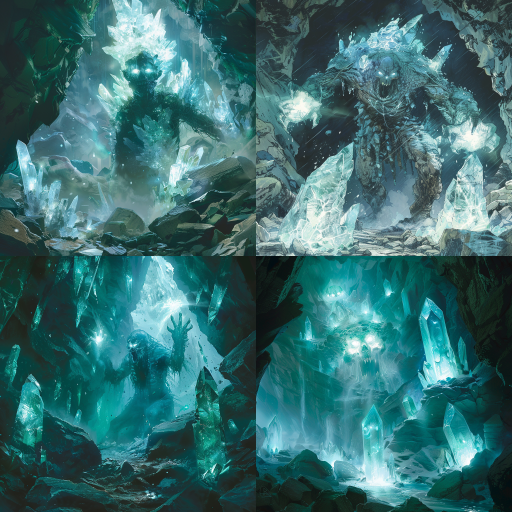
AI's Canvas: Redrawing the Boundaries of Creative Expression
In the ever-evolving technological landscape, artificial intelligence (AI) continues to reshape countless facets of human life. One of the most profound impacts is found in the realm of visual arts—the generation of images by AI.
This piece extrapolates on the phenomenon and its implications on the creative industry, its potential applications, related ethical considerations, and future trends.
AI-Generated Images: Impact on the Creative Industry
The introduction of AI-generated images has been both controversial and transformative. With artificial intelligence now capable of creating artwork, the very definition of 'artist' and 'creativity' is being challenged. This raises fascinating questions about originality, authenticity, and creative ownership in today's digital landscape.
Simultaneously, AI-driven creations have ushered in a new era of experimentation and possibility in the art world. By unlocking diverse esthetic potential, AI might serve as a valuable tool for artists, graphic designers, and photographers.
Potential Applications of AI-Generated Images
The uses for AI-generated images extend far beyond the traditional arts. They hold profound potential in areas as varied as fashion, medicine, media, and more.
AI can design clothing prototypes, create photo-realistic images for medical training, generate stock photos, produce visual elements for video games, and even render convincing visual effects for films and TV shows.
Ethical Considerations
Alongside its benefits, AI-generated imagery also poses critical ethical questions. Algorithms may replicate or amplify existing biases present in the data they were trained on. Furthermore, the potential for deepfakes—convincing AI-generated synthetic media-to disrupt reality poses significant concerns.
Conversations around ethical usage, control, ownership, and copyright of AI-generated images are more necessary now than ever before.
What Does the Future Hold?
As AI becomes more advanced, it is plausible that we will see an increase in the sophistication, diversity, and applicability of AI-generated images. The marriage of art and technology continues to blur the line between human and artificial creativity.
AI-generated images are no longer a prediction for the future—they are a defining feature of our present.
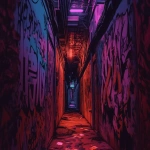
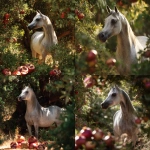
](https://images.ai-img.art/thumbnails/150/ed631f35091268316da1950d8f24949cf71c41220d75ddecc89232e1c28f3653.webp)

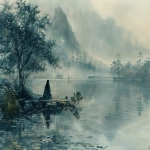

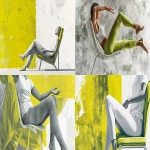
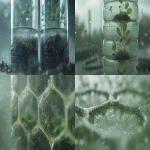
](https://images.ai-img.art/thumbnails/150/4dfe5499f7f4f9e5aa1613199c58710634f2cba5f57ac7e6717c1d56a9864e1a.webp)

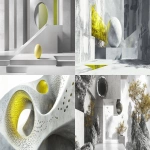
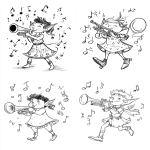
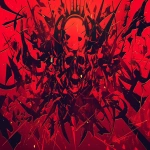
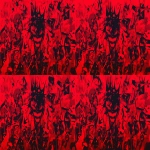
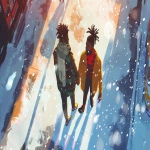
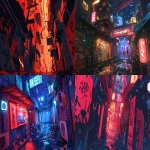
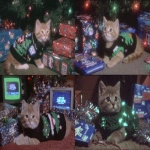
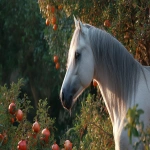
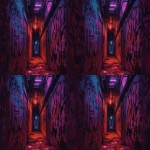



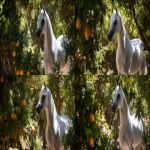
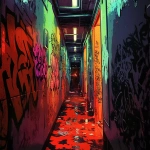
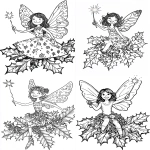

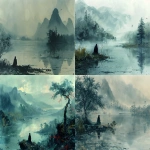


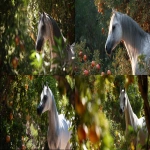
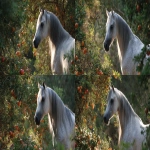


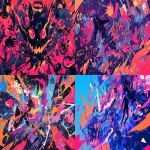
](https://images.ai-img.art/thumbnails/150/fd852e87169bf2f63982b31f7f16a8fa335d75d9536fd48c2b87c7d4b035fa7c.webp)
](https://images.ai-img.art/thumbnails/150/56d08b81b5991eca46f50c80b41db4e9ac06c775cbbf5138ea0734d93390316a.webp)

](https://images.ai-img.art/thumbnails/150/e407417f3921a9491278afc6484ec26f3ae374d4543e1a56898e8bcb1e41a0da.webp)

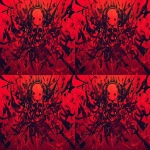
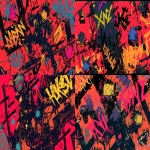
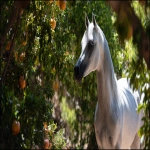
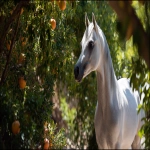
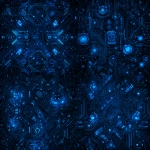

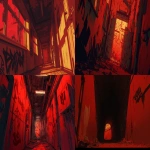

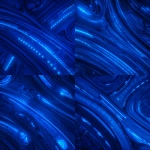
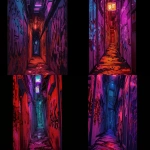
](https://images.ai-img.art/thumbnails/150/baf01e7f997f5bc030aa10831575d8b879a4a6755830df4bcd3dcc93346ef1dd.webp)